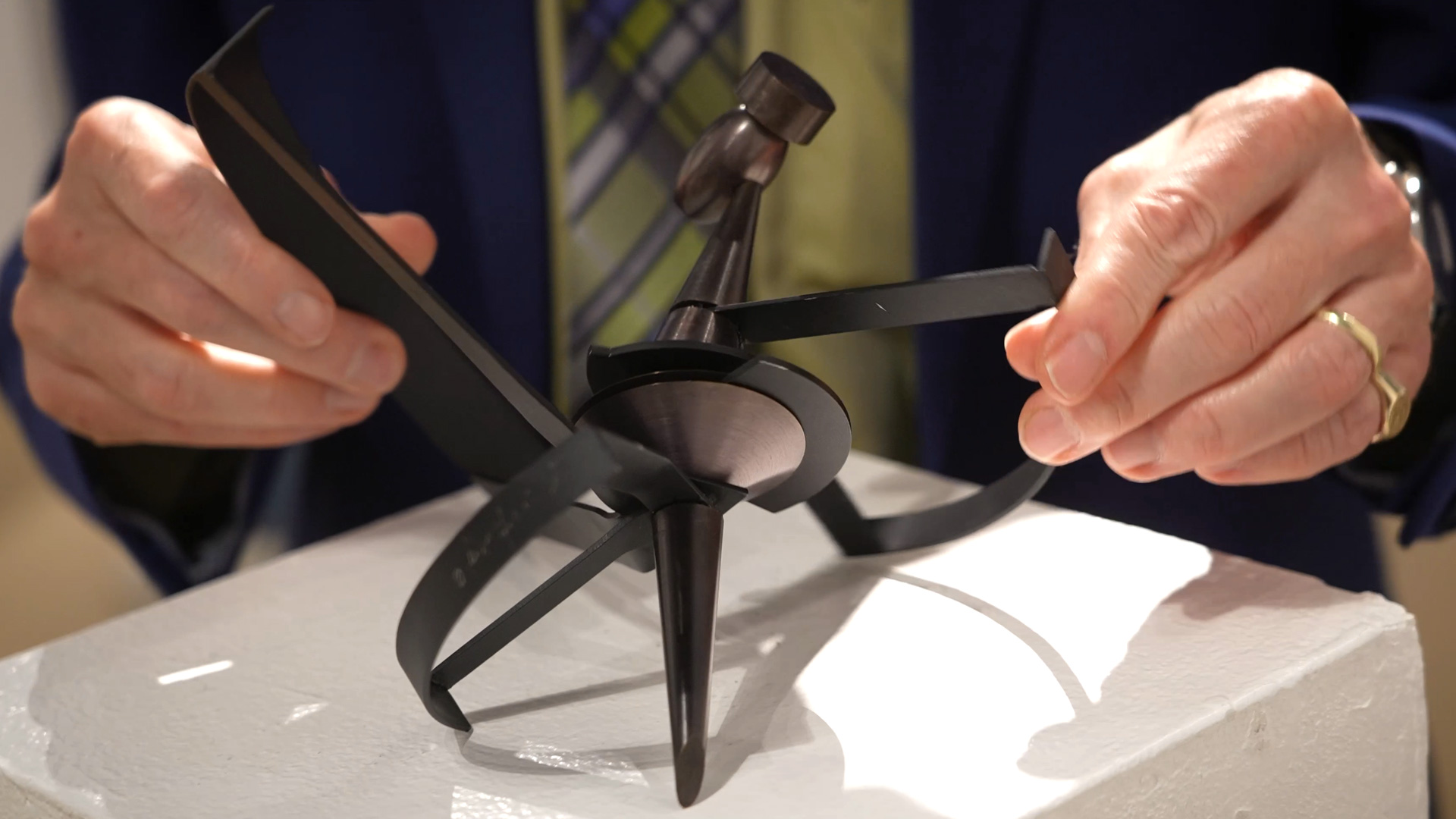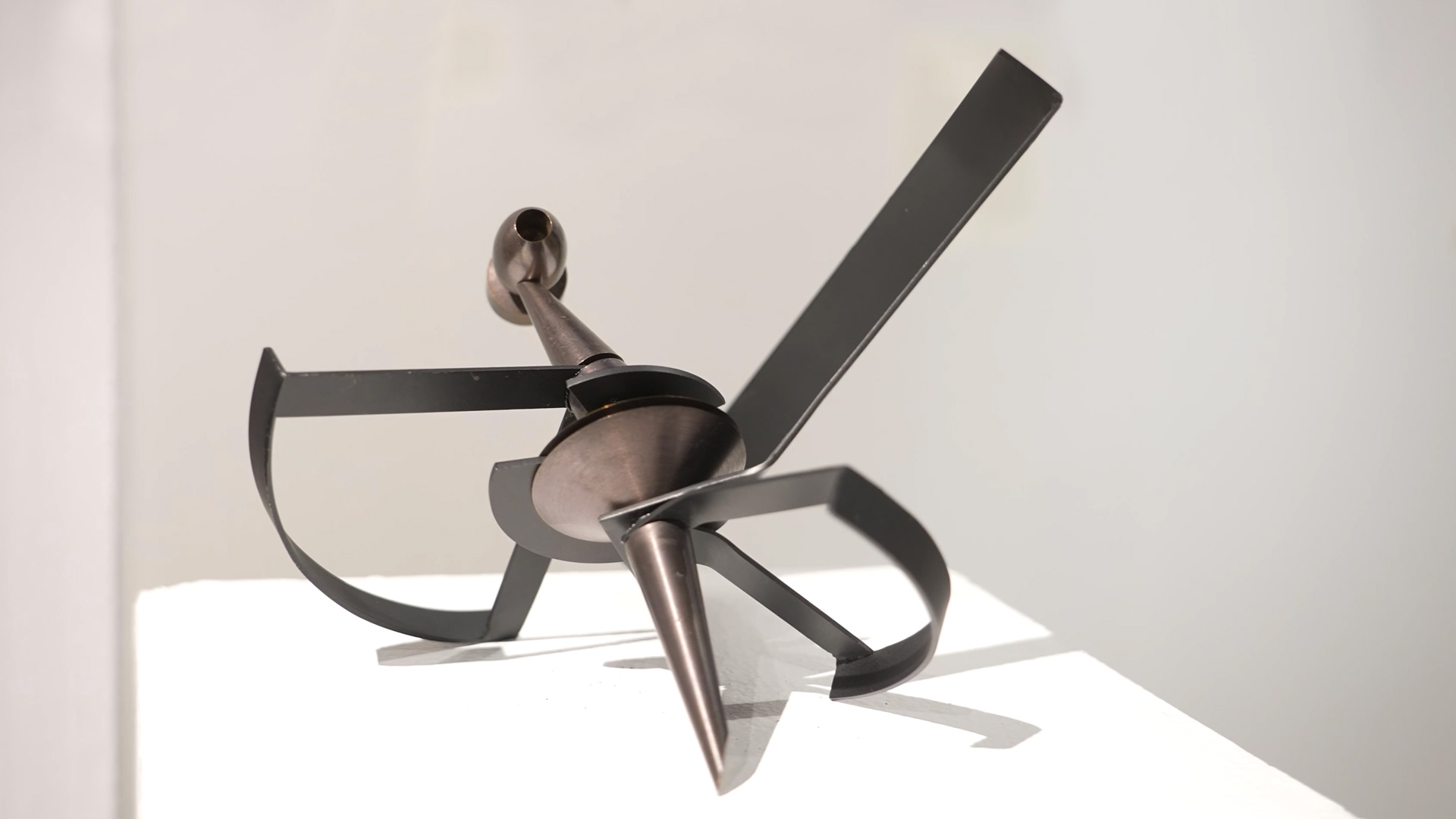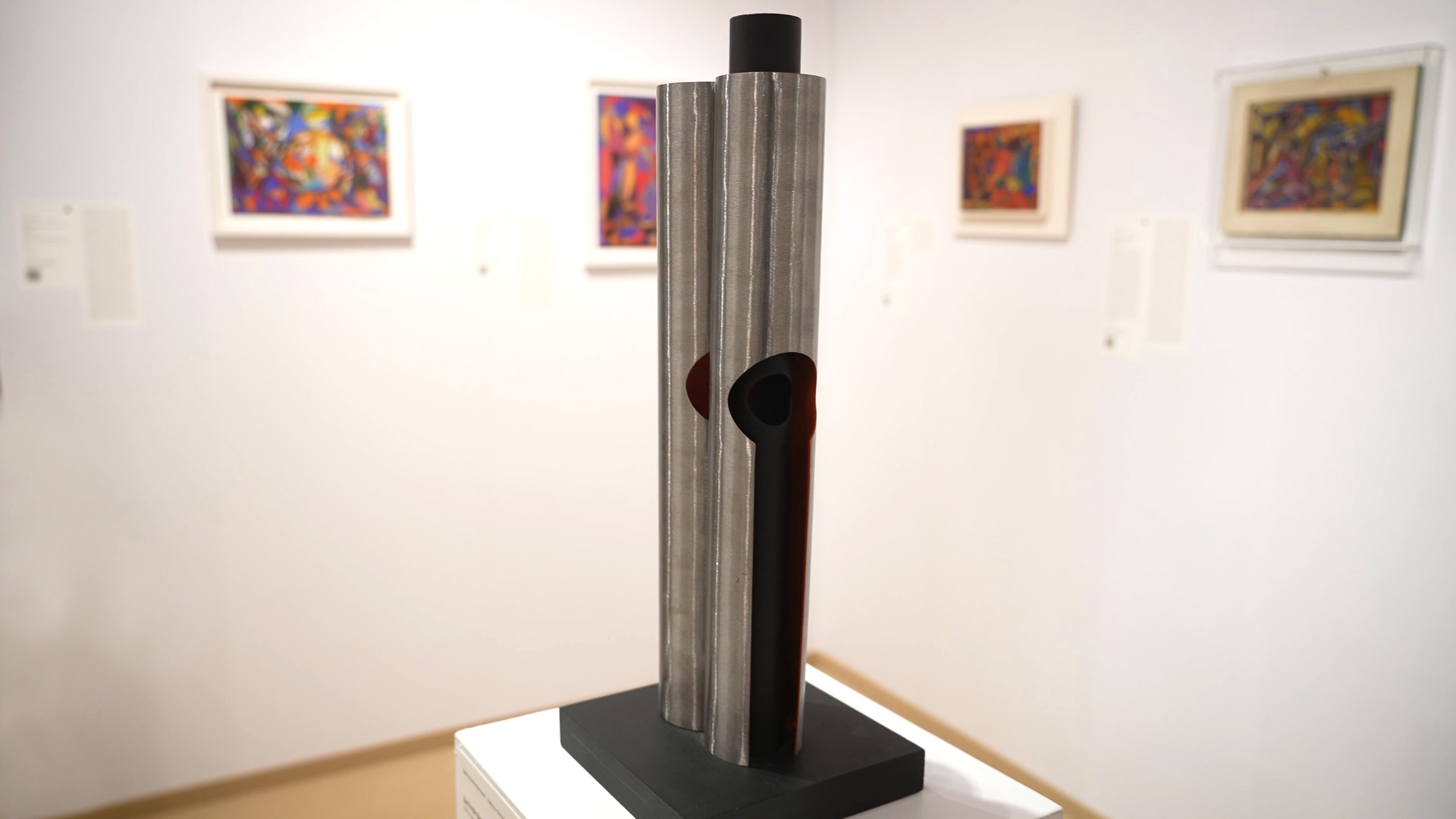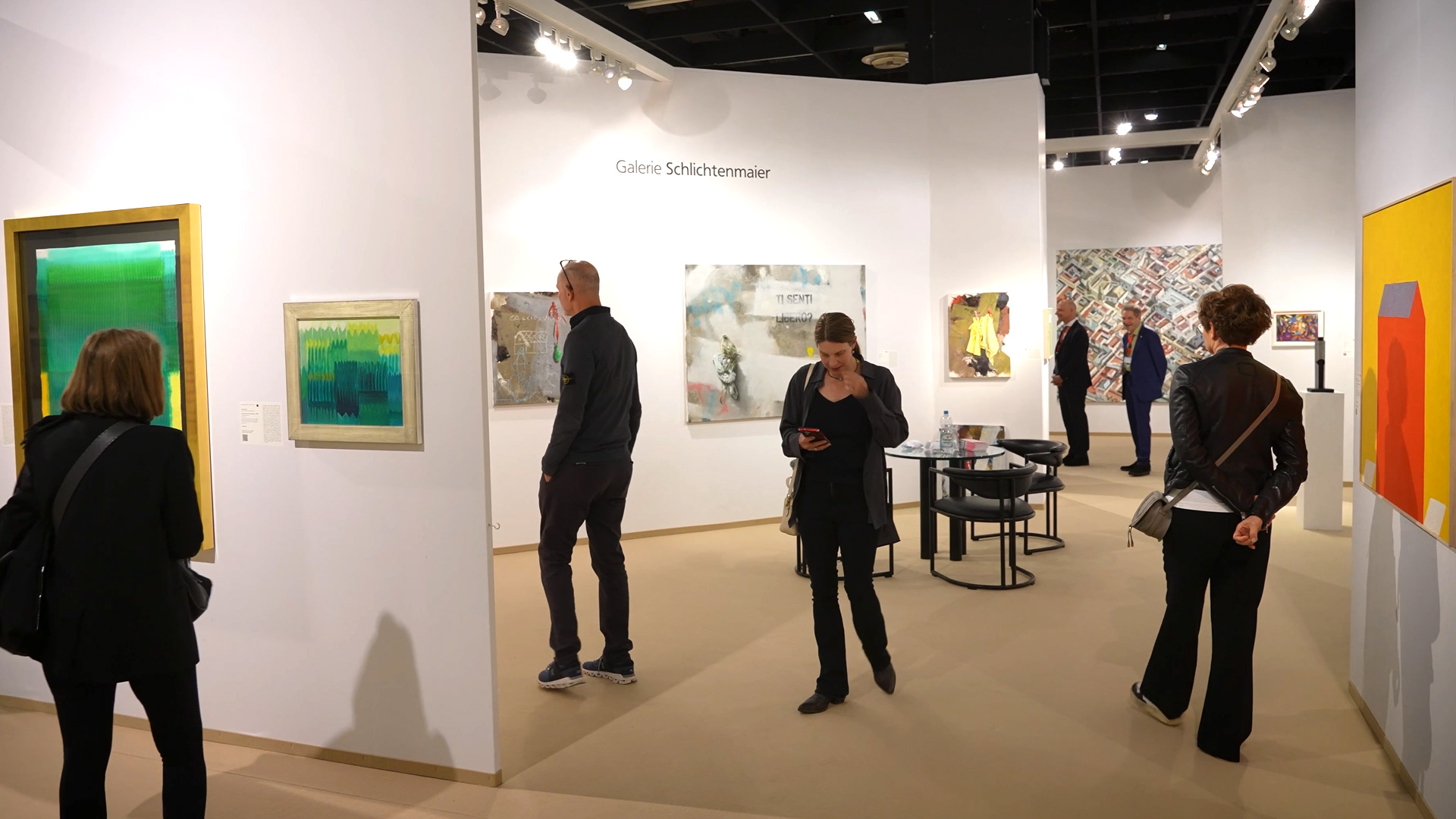At Art Cologne, Schlichtenmaier Gallery is dedicating itself to the work of Gerlinde Beck, an artist who redefined the relationship between material, form, and movement. Her sculptures show how steel—a material of great heaviness and technical hardness—can become a medium that produces rhythmic lines, dance-like approaches, and surprising elegance.

The presentation by Schlichtenmaier Gallery shows Gerlinde Beck as an artist who early on struck out on her own path in a field that had long been dominated by men. Born in Stuttgart and trained at the Academy of Fine Arts, Beck found her artistic language in the interplay of mastery of materials, abstract forms, and a strong focus on movement.

For decades, steel was considered a material that required great strength, technical knowledge, and experience to work with. This makes it all the more remarkable how naturally Beck used this material. Although smaller sculptures are on display at the fair, the physical dimension of the metal remains central. Beck's works develop an astonishing lightness from mass and material resistance—an interplay that impressively characterizes her work.

One work that makes this approach particularly clear is Beck's “Stele.” The stele is an ancient form in sculpture, characterized by verticality and tranquility. Beck takes up this tradition, but breaks it up with openings, vistas, and subtle color accents. Her stele shows how a self-contained, traditionally closed volume suddenly opens up space, lets in light, and suggests movement. The combination of classical stele and modern abstraction exemplifies how Beck dealt with sculptural traditions: she respects the form, but transforms it into a contemporary language. Schlichtenmaier Gallery deliberately places this stele in the context of the other works because it shows how consistently Beck pushed the boundaries of a traditional format.

An outstanding work in this context is the “Monument for Josephine Baker.” Beck translates the dancer's stage presence into an abstract form that is not figurative, yet still makes the energy of dance visible. Through lines, volume, and dynamic openings, the sculpture conveys a sense of rhythm and physical tension that is continued in the material. Schlichtenmaier Gallery shows her works as examples of a position that has continued the constructivist approach of the 20th century. In Beck's work, steel appears not only as a structural element, but also as a carrier of movement, rhythm, and spatial effect. Her sculptures combine constructive clarity with flowing motifs of movement—a combination that has had a lasting influence on her work.
A striking element of her work is the deliberate use of the color red. In many sculptures, it appears inside the work, creating visual accents that open up the space within the form. Unlike in classical steel sculpture, color here is not a supplement but part of the sculptural statement. It draws the eye deeper into the form and reinforces spatial references. Beck's training in Stuttgart was formative. Under the influence of teachers such as Willi Baumeister, she developed a strong connection to abstraction at an early age. In addition to her work as a sculptor, she created an extensive body of graphic and painterly work that sharpened her ability to compose two-dimensional compositions. This foundation is also evident in her steel sculptures, which often appear like spatially open drawings.

Gerlinde Beck's presentation at Art Cologne clearly shows how she reshaped the medium of steel. Anyone who looks at her sculptures—whether a small sculpture, a movable form, or a work with a colored interior—experiences an artist who has pushed the boundaries of materials and continues to set standards today.